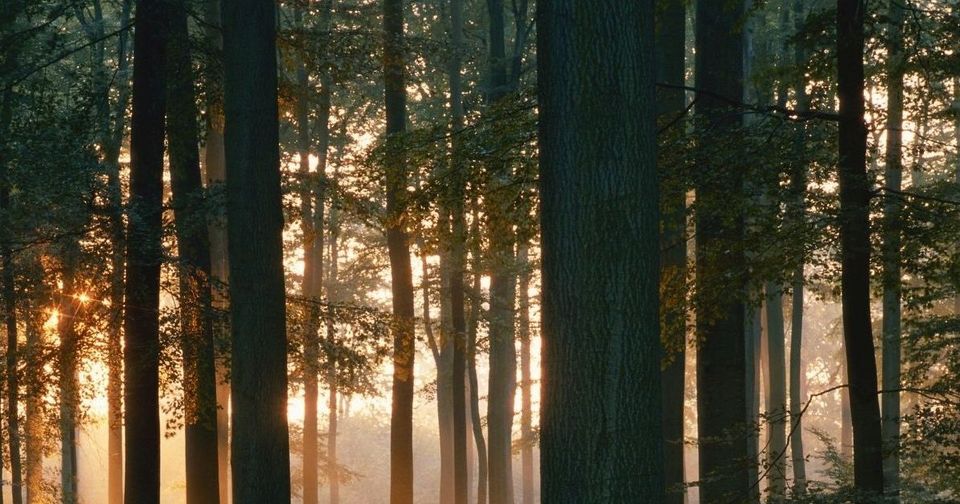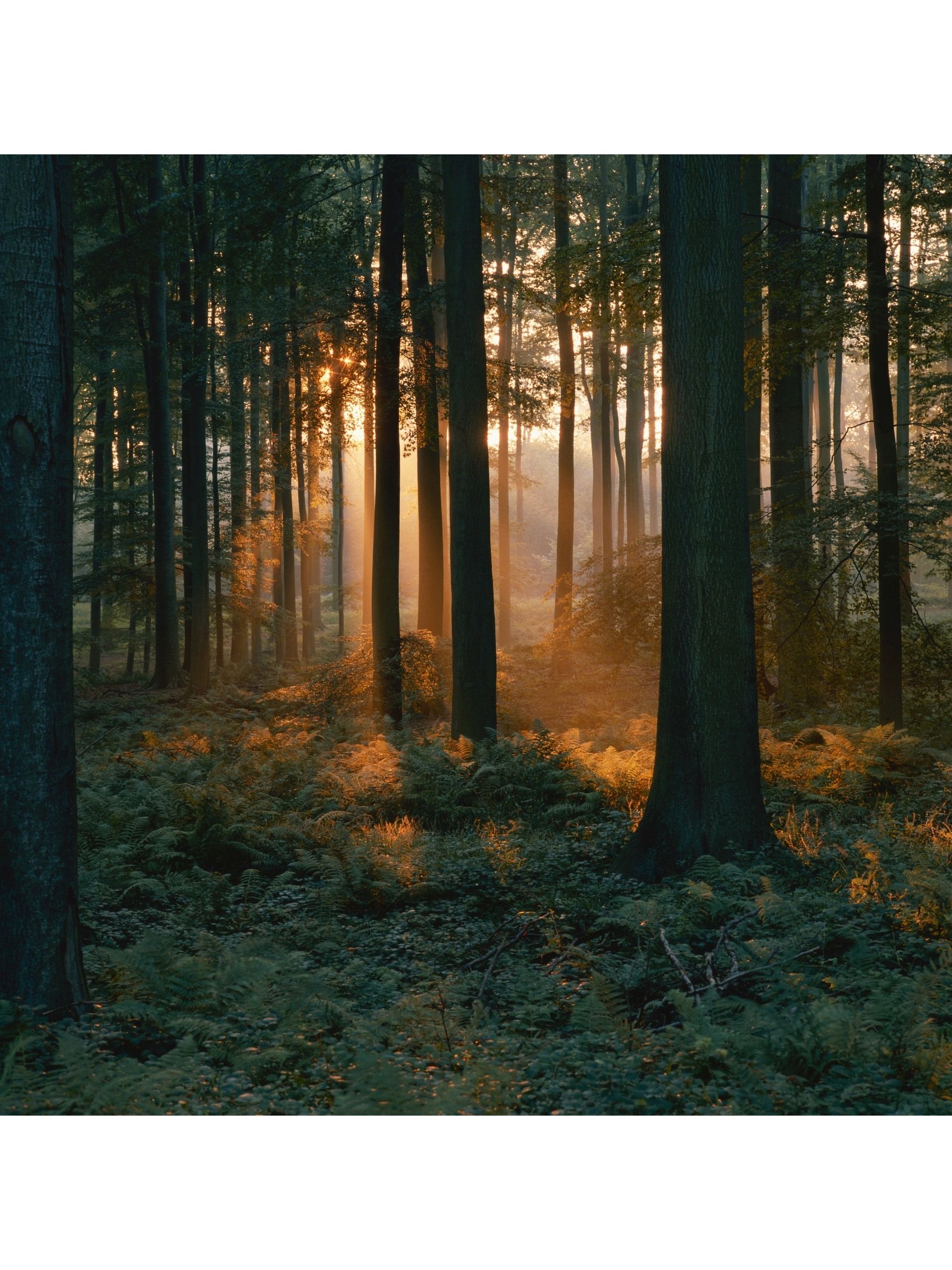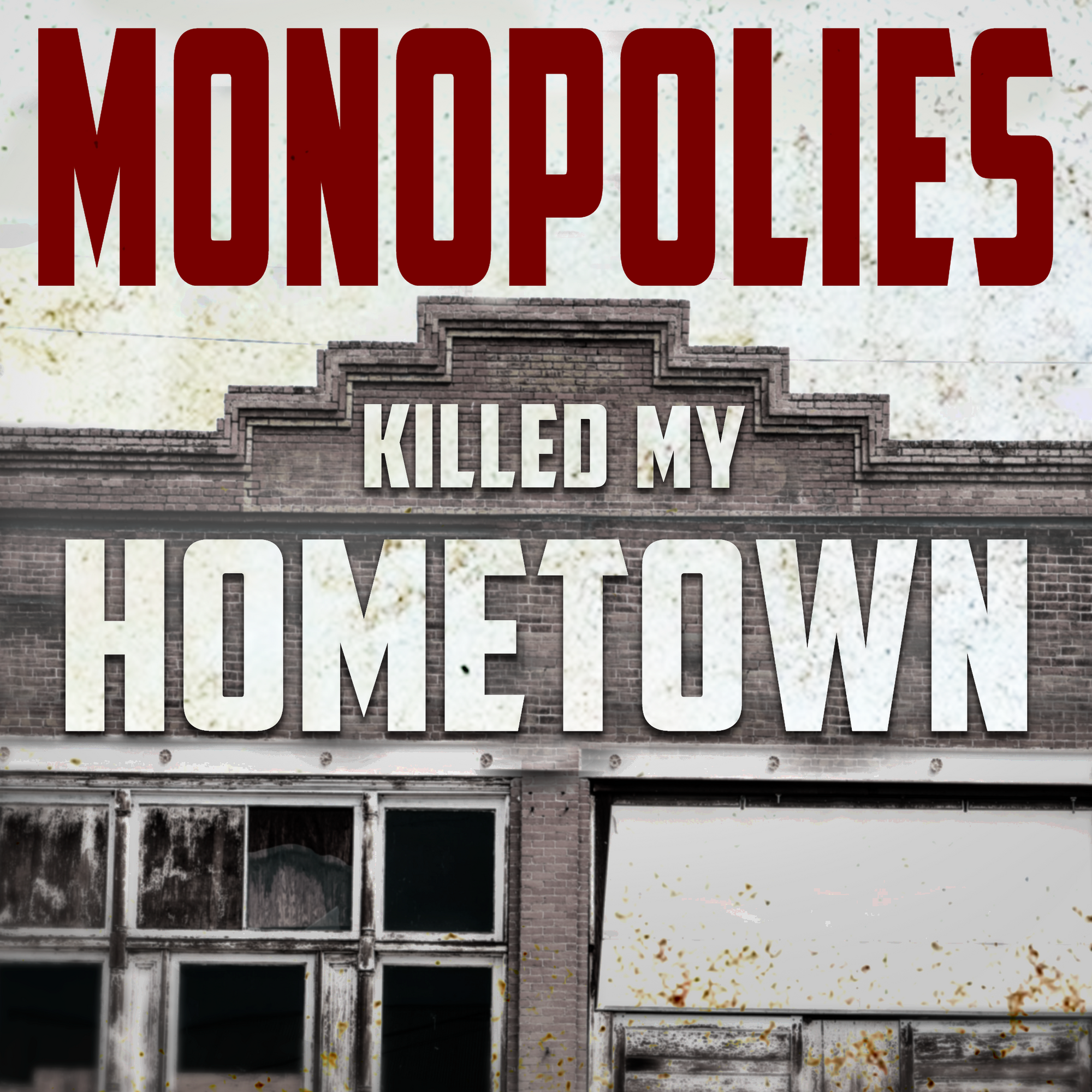What Exactly Are We Competing For?

When I was growing up, I played hockey, baseball, and I ran on the track team. All of these sports are competitive whether you’re up to bat, on the ice or running a race. My personal goal was always to help my team by trying to win every competition for the puck, getting a hit or winning a race.
Because of my own personal experiences, when I hear the word competition sports is the first picture that comes to my mind. Especially, the times we won, or the team I was cheering for won.

This isn’t the type of competition that competition policy was designed to protect.
Why not sports?
A hockey game, baseball season or race all have end points where a winner is declared. The clock always runs out, all the games in the season are played, or the race is finished. At the end there is always a winner and a large number of non-winners. This is why sports fails as a example of the kind of competition we want to protect through Competition Policy. The sports framework prioritizes and valorizes the act of competition for the sake of competing. It doesn’t examine the impact the competition has on others, and the broader community. The point is to compete and win regardless of the consequences.
How does that work for businesses? What is the end point of a business? How do you know who won? Beyond businesses, how does this competition framework apply to our communities? Or for universities, or service clubs, or churches? How does a church win? And what does a church win? Does the Lions Club compete against the YMCA Service Club? If so, how does one win? There aren’t any answers to these questions.
If sports are not the type of competition that competition policy protects, what is?
What we want?

The type of competition we want to protect is the competition that exists in a forest, or any other natural ecosystem.
A forest is full of competition at an individual level – plants compete for sunlight and other nutrients, animals compete for food and shelter, and prey compete against predators. There are winners and losers in all of these little competitions – the mouse that is slightly faster avoids the hawk’s claws. The male bird with brighter feathers attracts the stronger female, and then they will have stronger offspring. These competitions are healthy and important to make all parts of the ecosystem stronger and better.
In a forest, every animal, plant, and fungi rely on each other for the overall health of the ecosystem. A healthy forest is one that is in balance, and allows equal opportunity for all parts of the ecosystem to gain resources. In turn, every member of the forest has a role in keeping the forest in balance, resulting in a healthy habitat for all. A forest that is out of balance, for example, one overrun with mice, is an unhealthy forest. This sickness will eventually harm all members of the forest.
The thing is, a forest never actually stays in balance; this balance is always a moving target. A forest has natural laws and limitations that will always work to move the forest back towards balance, over time.
For a simplified example, take a forest that is overrun by mice – a sign of an unhealthy forest. In this example, there will be reactions to the excess mice to bring the forest back toward a healthier state. Some of these could be :
The larger population of mice will need to eat more nuts, seeds, and plants. If they eat at a faster rate than the plants can reproduce, the mice will eventually destroy their own food supply. This means the weaker mice will die off sooner.
The surge in mice will provide more food for the foxes, owls, and other predators. As the predators are winning more of these competitions, their populations will surge. More predators will eat more of the mice.
Both of these factors will eventually bring the mice population back into balance, but will leave the predator population higher and the plant population lower than normal. Without enough food, the predators will eventually die off. Without all the mice, the plants will grow back. The forest shifts once again back towards balance.
This is how I view competition policy. Competition policy is one of the groups of laws we created to maintain the health of our communities and our ecosystems. Competition policy is a tool to bring our ecosystem back into balance when businesses and corporations start to amass too much power.
This is one of the biggest differences between the forest and business analogy. Our competition policies and laws are written by people, which means they can be modified by the same people who hold the power to do so.
The largest tree in a forest is not able to rewrite the natural laws of the forest to prevent any new trees from trying to compete with it. If a tree could, that tree would become so large it would eventually block the sun from all plants in the forest floor, destroying the food for the smaller animals. This in turn decimates the population of small animals, eliminating food for predators. It would not be possible for any new trees to compete with the largest one and work to bring the forest back into balance. If something happened to this largest tree the whole ecosystem could be destroyed.
In our society, this is what happened. In the 1980’s Big Business amassed enough power to rewrite the laws and policies to funnel even more power to themselves. This situation pushed our society out of the balance from the 1940’s((During this time we had strong labour unions, governments acted in the best interest of people and created laws to minimize the power of corporations to dominate our society. This created shared prosperity and a large economic middle class.)) to 1980’s((Standard caveat: This balance from the 1940’s-1980’s did not work for everyone. We can learn from this, and as we move towards a healthier society we can move to a healthier society for all.)), and now we live in a deeply unhealthy society.
We need to reform our competition policy to focus on the health of our communities again. The conversation is starting, and it’s important to be informed and to understand what happened. Only by knowing past events can we course correct and improve our future.

Member discussion